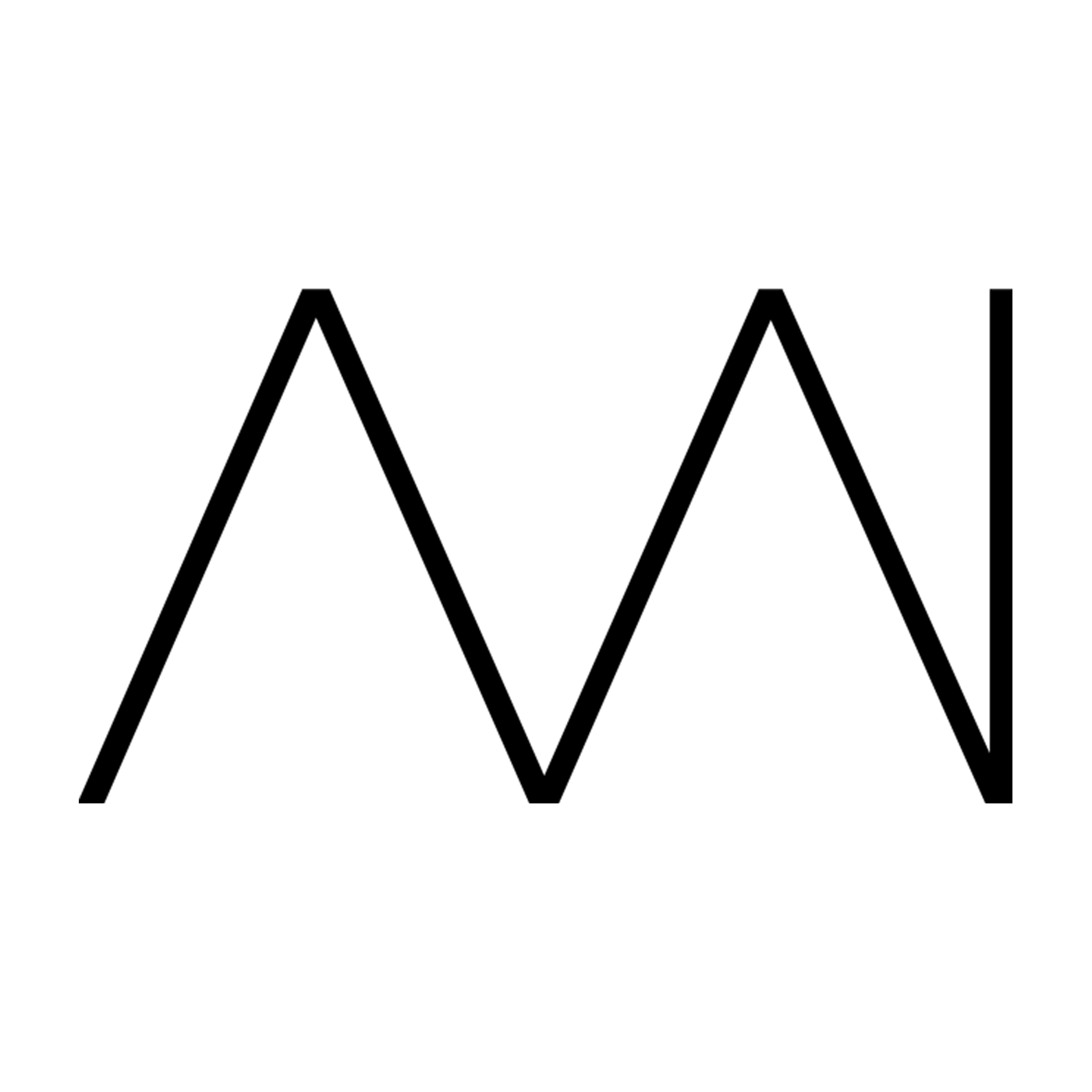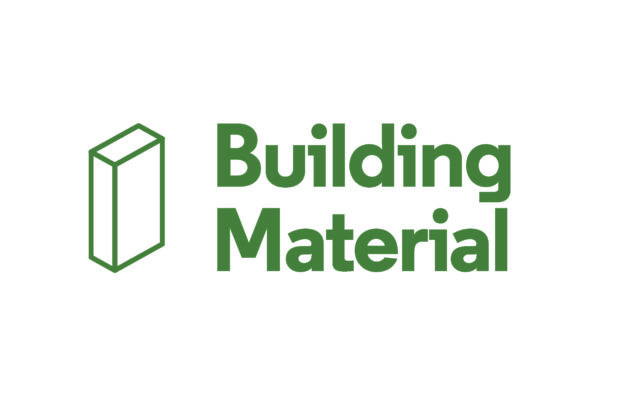The 24th edition of Building Material seeks papers on the idea of topography and its role in architecture. The etymology of the word ‘topography’ can be found in the Greek words ‘topos’ meaning ‘place’ and ‘graphia’ to write. In essence – a detailed description of place. Whilst the term topography is most commonly associated with the mapping of physical features, David Leatherbarrow expands the definition of this word to include ‘terrain, built and unbuilt… practical affairs, or their traces, ranging from those that are typical to those that are extraordinary…Topography so conceived is certainly physical, but is legible as such by virtue of the ways that footprints on its shores invite, sustain and represent the many and varied performances of everyday life. One offer it continually makes is of traces of past performances that have sedimented themselves into its fabric’1. These ‘topographical inscriptions’ testify to past actions but also to events which are presently occurring and will unfold in the future. In the context of a world where climate change and the loss of biodiversity loom as the most challenging issues of our time – Building Material 24 probes at the topographical stories we weave/that have been woven in architecture and the traces we would like to leave behind.
1. Leatherbarrow, D. (2004) Topographical Stories : Studies in Landscape and Architecture. Philadelphia : University of Pennsylvania Press : 11-13
Topics for consideration may include (but would not be limited to):
− local vs global, local and global
− the individual and the collective in architecture
− climate action & sustainable futures
− conservation as a sustainable practice
− education & innovative pedagogies
− geology, geography, light, air, atmospheres, energy, time
− globalisation, alternative economies, commodification of design
− histories of habitation, spaces of refuge, digital spatial futures
− innovative construction, materials, technologies and specification in architecture
− imagination, cultural artefacts, literature, photography, design
− radical ecologies, sustainable landscapes, local and global habitats
Building Material 24 invites submissions that explore the range of architectural possibilities inherent within the word ‘topography’ in Ireland and elsewhere. Submitted articles must not have been published, nor be under consideration for publication, either online or in print. Written submissions should be a maximum of 4000 words and should be analytical and critical rather than descriptive. While inviting submission of academic papers, it also seeks and encourages interesting essays that fall beyond the realm of academia. Shorter articles are welcome, as are graphic works.
Building Material is a peer reviewed journal and selected submissions shall be assessed by two independent reviewers. Submissions not intended for peer-review are also welcome. A distinction will be made between peer-reviewed research articles and other material.
Completed articles should be addressed to the editor(s) by 2nd March 2020. To facilitate the process of double-blind peer review, please ensure that all contact details are contained in a covering email and that authors’ identifying details are not included in the article file.
Acceptance decisions will be communicated by 15th April, 2020. Articles should be prepared in MS Word, doublespaced at a minimum 11-point font size. Notes should adopt the UWA Oxford Referencing style (footnote format), as outlined in the linked document. Single quotation marks should be used throughout. Image files should be formatted as individual jpg files at 300dpi.
Informal queries regarding submission may be addressed to the editor(s). All submissions and correspondence should be addressed to buildingmaterial@architecturalassociation.ie.
Previous issues of Building Material are now available to view on JSTOR. Hardcopies may be purchased viaarchitecturalassociation.ie. Building Material is an annual architecture journal, joint published by the Architectural Association of Ireland (AAI), the All-Ireland Architecture Research Group (AIARG), and the Irish Architecture Foundation (IAF).

